|
After a surprisingly cool spring (in the context of global warming), it's finally getting hot here in Washington, DC, and with summer comes better seeing. It promised to be above average on the night of the 18th. As Brood X cicadas burrowed out of the ground all around me, I walked over to my nearby church, refractor in hand. I might have been tempted to take the TEC 140 had that not been such a chore last time I stepped out, and anyway all I really wanted was a nice look at the setting Moon. The Takahashi was an easy choice. It never ceases to amaze me, the endless varieties of turbulence that the atmosphere has to offer. After turning to the Moon, it was clear to me that if seeing was better than average, it would also preclude really detailed iPhone pictures. There was an undulating quality about the atmosphere. Parts of the moon would roll about, as if under waves lazily passing on their way to shore. While it was easy enough for me to see, with great clarity, what was underneath those waves, I knew that my phone would blur the slowly changing view. Still, what a view it was! At low magnifications - 46x, with a Delos eyepiece - I couldn't notice the waviness of the atmosphere, and the detail was absolutely staggering. The Moon had a three-dimensional quality, and with almost zero false color I could just about make up the subtle shadings and - I thought - differences in color across the lunar surface. It's hard to describe, but the Moon looked likely a rich and fully realized world through the eyepiece - and I could almost pretend that I was somewhere in its orbit. Clearly visible earthshine on the otherwise unilluminated half of the Moon only added to the effect. When I increased the magnification - up to 177x, sticking with Delos eyepieces - the view stayed sharp, but those remarkable differences in tint and hue were far less obvious, and turbulence detracted from that spacewalk effect. I took some pictures anyway, and what sticks out to me is that those different colorations are just about visible in them: a testament to the superb color correction of the FC-100DZ.
After about 45 minutes, the rustling around me became impossible to ignore - was it rabbits, or something else? - and I packed up, content with yet another breathtaking expedition to the Moon, courtesy of the Takahashi.
0 Comments
Everybody approaches amateur astronomy in different ways, but for me - and many others - the most difficult thing about the hobby is that you always wonder, no matter how sublime the view: what would I see if I had different equipment? Usually "what would I see" means "what more would I see," and usually "different" means "just a bit better" - and that means that many amateur astronomers, at least at some point, embark on a long, frustrating, painfully expensive quest for new telescopes, new mounts, new tripods, new eyepieces . . . the list goes on. I've been on that path for quite a few years now. Yet when it comes to telescopes - or more specifically, to optical tube assemblies - I reached the end this spring. For a long time, I dreamed of someday - somehow - being able to own a truly world-class, medium-sized refractor. I long had my eye on the Telescope Engineering Company (TEC) 140: an American-made, oil-spaced triplet of uncompromising optical and mechanical quality that, while portable, easily outperformed much larger telescopes. I didn't think I'd be able to afford it for a very long time, but then I realized that although I'd slowly cobbled together a rather large collection of telescopes, I was really only using three of them (my EVScope, Takahashi FC-100, and APM 140). If I sold my unused telescopes and some other gear for the right price, I might just have the financial foundation I needed to pursue a used TEC 140. Precisely as those thoughts entered my mind, a TEC 140 ED in like-new condition popped up on the used market for a daunting but reasonable price. I took the plunge, and then went on a truly exhausting campaign to sell everything I could spare to recoup what I'd spent. Some of what I sold, I know I will miss for a long time. I ended up parting with my FS-60Q, TV-85, and APM-140, and each loss stings in a slightly different way. I've had unforgettable memories with the TV-85 and APM-140 in particular, but upgrading equipment is not for the sentimental. In the end I earned precisely as much money as I spent on the TEC 140, so my guilt was mostly assuaged when it arrived. Comparing it to the APM 140 was instructive and ended up highlighting the virtues of both telescopes. The TEC 140 is, first and foremost, slightly but meaningfully heaver and bulkier than the APM 140. Its focuser is more robust, its finish is of clearly higher quality, and its tube ringers are easier to manipulate. With that said, the APM's focuser is just as buttery smooth, and I actually find its sliding few shield a little easier to manipulate. It's not a tossup - the TEC 140 is clearly mechanically superior - but the APM holds up surprisingly well when you consider that it costs less than half as much (during sales, more like a third as much). Because the TEC 140 is that much bulkier than the APM 140 and uses a Losmandy dovetail that I didn't want to replace, I needed a new, sturdier mount. That's also because my AYO II mount had, after just a year, started to develop an unacceptable amount of slippage on one side. So, I scraped together what I could and purchased a DM-6 mount to match the DM-4 I purchased for my Takahashi. This, to be sure, is a beautiful piece of metal . . . but although mechanically superior to the AYO II (in my view), it's also very substantially heavier. The upshot is that my TEC 140 setup is a good deal less portable than my APM 140 setup had been. Because it's less portable, I can't take the TEC 140 to the field where I used to set up my APM. That field will be reserved for my FC-100DZ and EVScope from now on. On some level it feels like a minor loss - I had some wonderful times there with my APM - but I'm quite sure the FC-100 can pick up the slack. And I do now have the alcove, near the church by my home, that affords some fine views of the southern sky. The TEC-140 is also so heavy that I refuse to take it out unless seeing is above average. This morning, for the first time in a while, it was forecast to be. So there I was, huffing and puffing on the sidewalk at 4:00 AM, bound for the alcove and for a date with Jupiter and Saturn. Both planets have passed behind the Sun and are again high enough above the horizon to be worth a look. It was an exhausting walk, but setup was easy and quick as usual. When I turned to Jupiter, two things struck me. First, seeing was not nearly as good as advertised; that close to the southeastern horizon, it was average at best. Second, the color correction of the telescope was absolutely spot on. The older TEC 140 ED is supposed to be slightly better in longer (red) wavelengths than the newer TEC 140 FL, but slightly worse on shorter (blue) wavelengths, which should make the ED somewhat better for observing Mars and Jupiter, but somewhat worse for astrophotography. In any case, Jupiter's coloration was lovely, even if the planet's fine detail was often obscured by the turbulent atmosphere. Saturn, fortunately, was higher in the morning sky. Turning to the planet at 98x, with a 10mm Delos eyepiece installed, made for a genuine "wow" moment. Never have I seen more than a few of Saturn's moons, but now Enceladus, Dione, Titan, Tethys, and Rhea were all clearly visible. Subtle gray shading was easy to see on the planet's disk, as was a shadow just behind the rings (I love their orientation right now). The Cassini Division was plainly obvious but now around the entire ring system; unfortunately, seeing was just not good enough to see more. Once again, the color correction was sublime. After turning to some stars and observing them in and out of focus, it was clear to me that the telescope has - surprise, surprise - exceptional, beautifully corrected optics. Yet it struck me, as it did several months ago with the FC-100DZ, how much more seeing matters than optics when it comes to planetary observation. Did I see more detail this morning on Jupiter and Saturn with the TEC 140 than I would have with the APM 140? Maybe, just a little. But have I seen more detail with the APM 140 when the atmosphere cooperated? Absolutely. I'm looking forward to experiencing what the TEC 140 can do when the atmosphere truly is steady.
I suspect I will miss the portability of the APM 140, and wow that is a good telescope when you consider its cost relative to the TEC 140. Yet for me, it is important to know that the quality of my optics are not keeping me from seeing more planetary or lunar detail. With that in mind, I am very happy with my beautiful TEC. A distant goal, accomplished surprisingly soon! |
Archives
March 2024
Categories
All
|

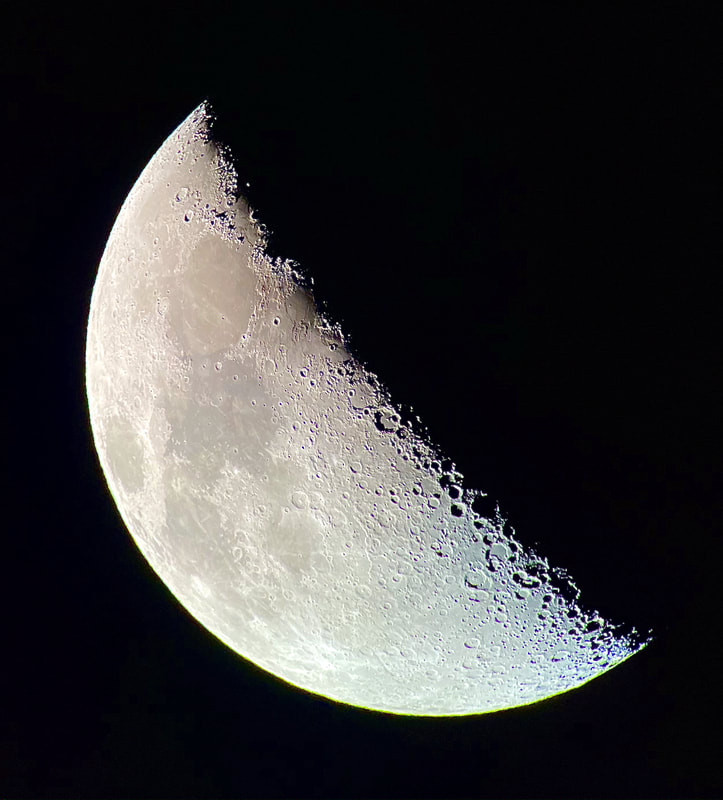
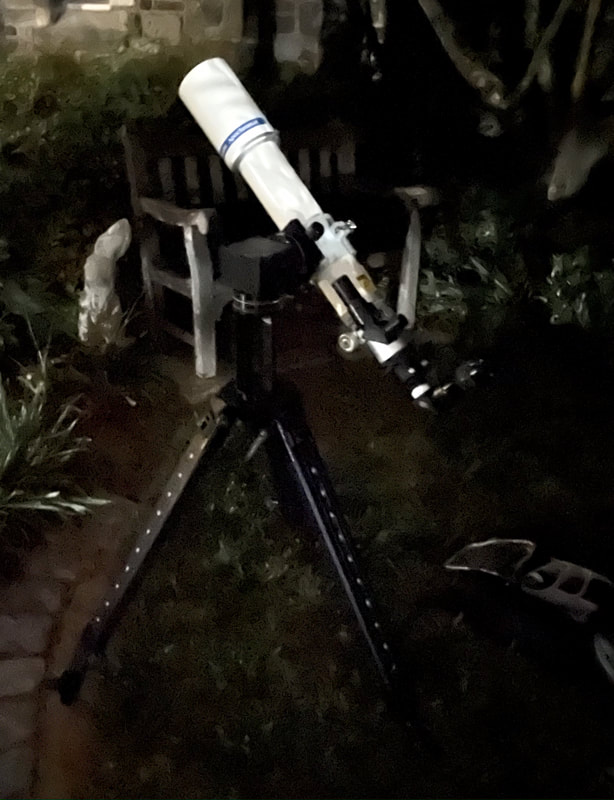
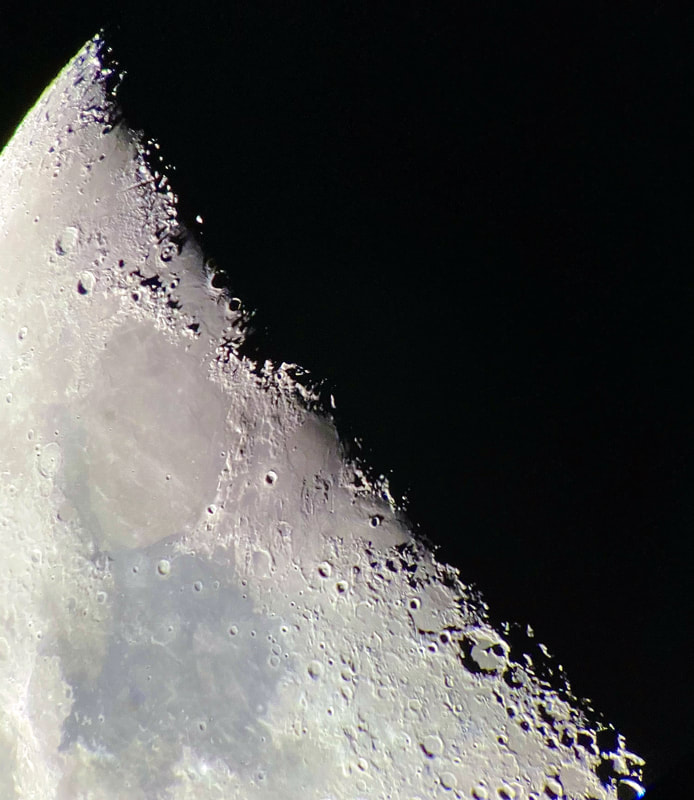
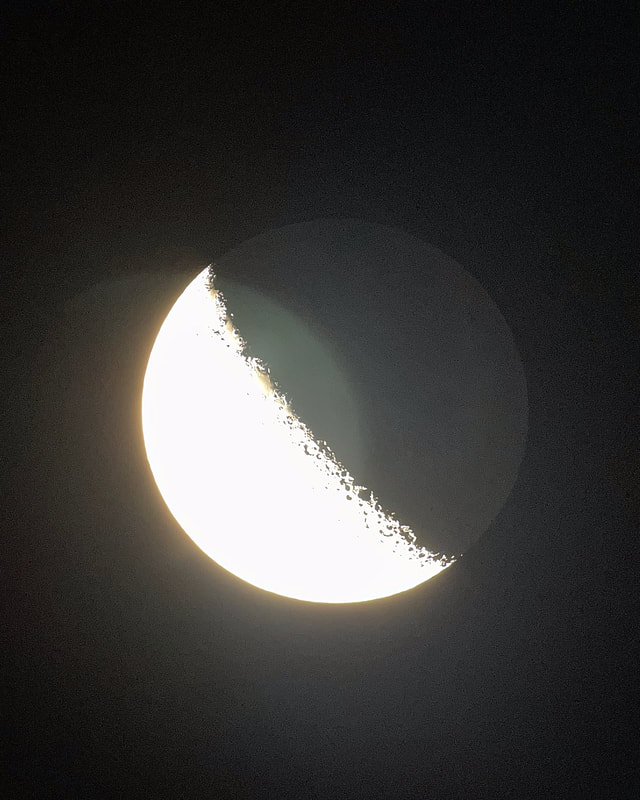
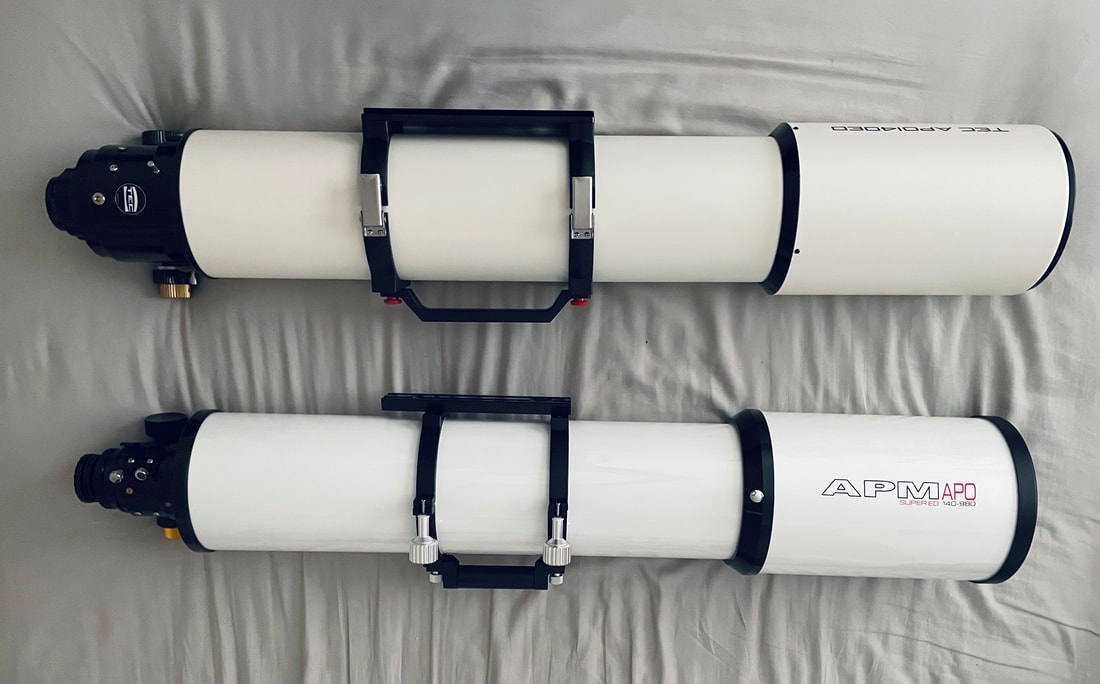
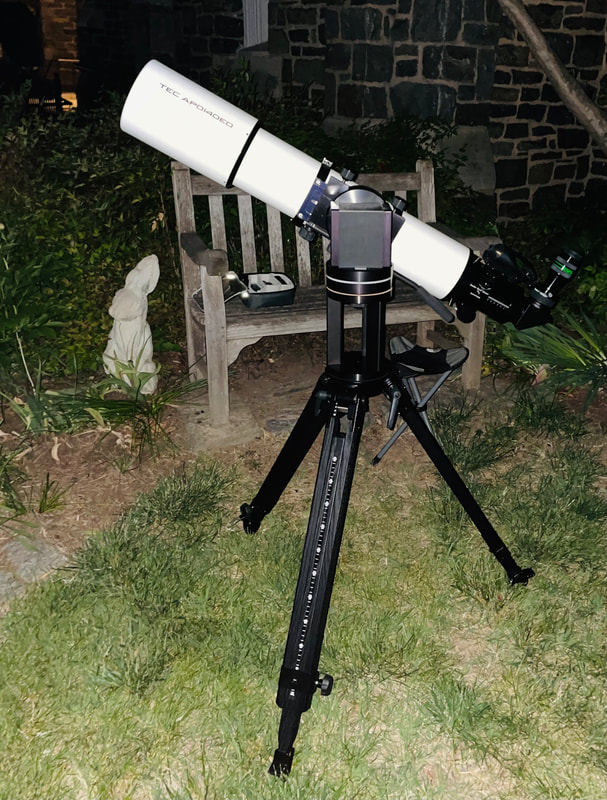
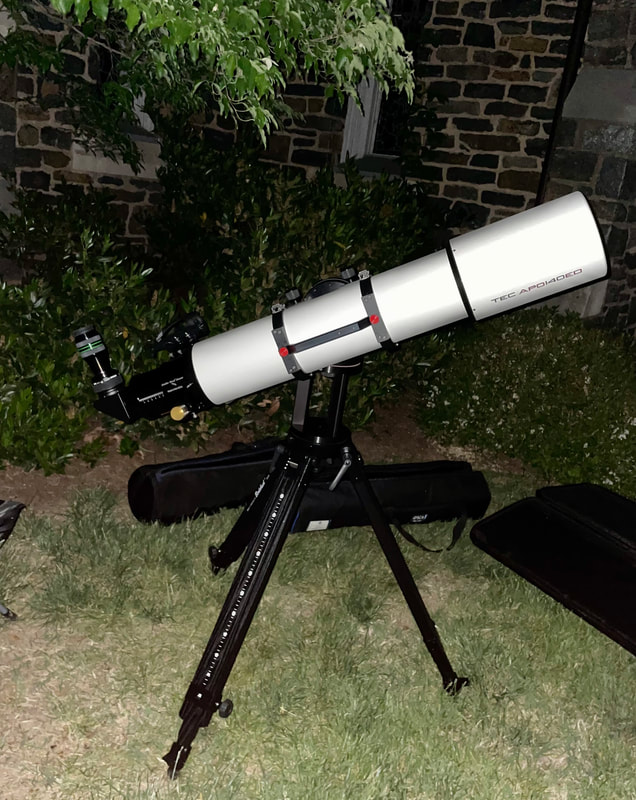

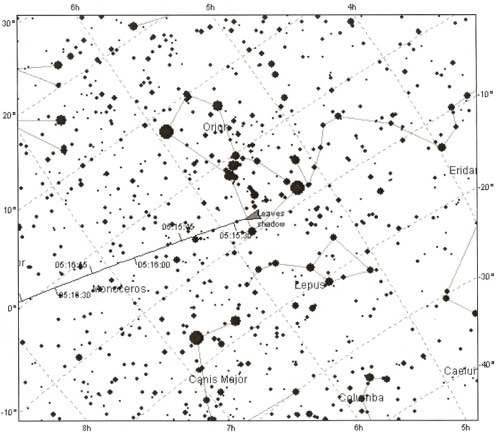
 RSS Feed
RSS Feed